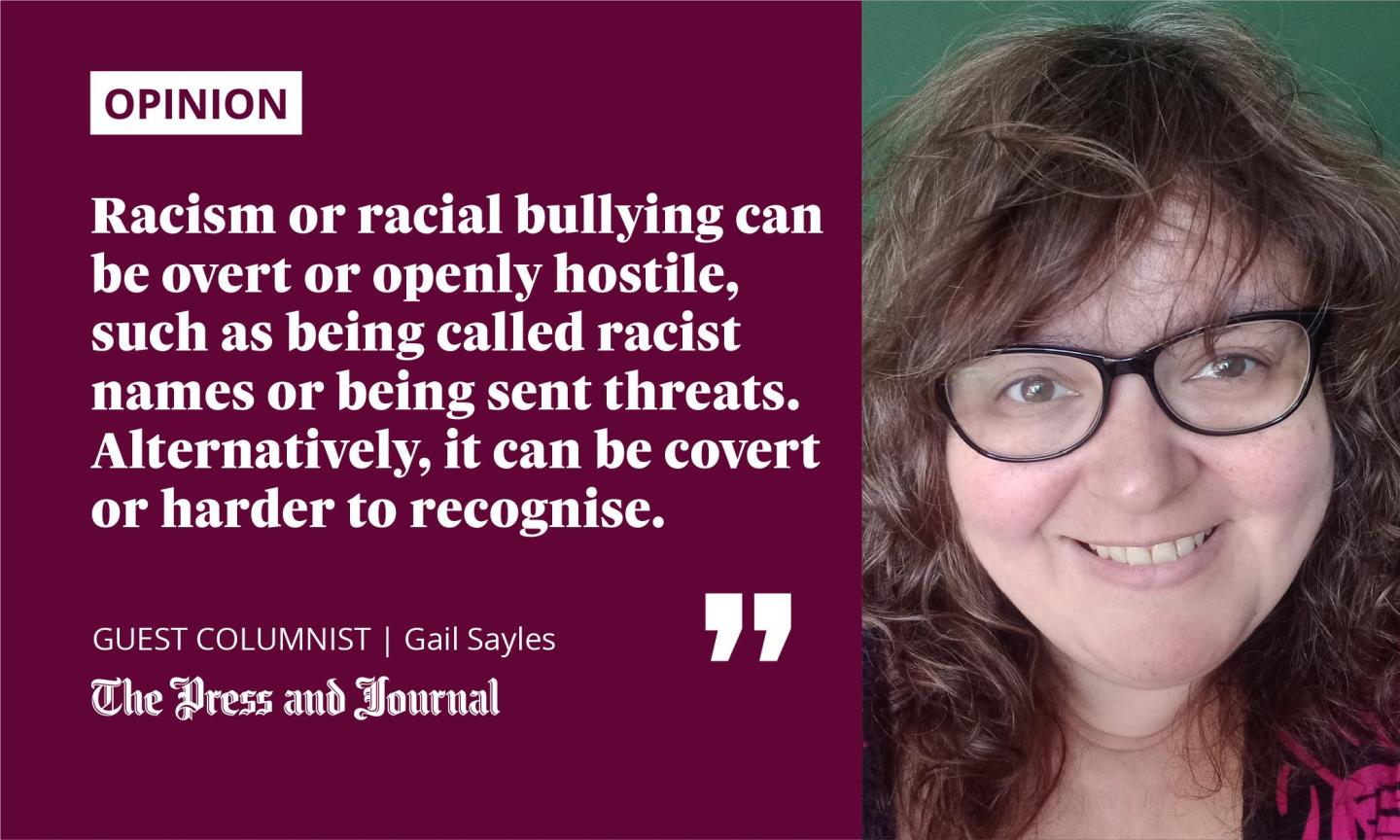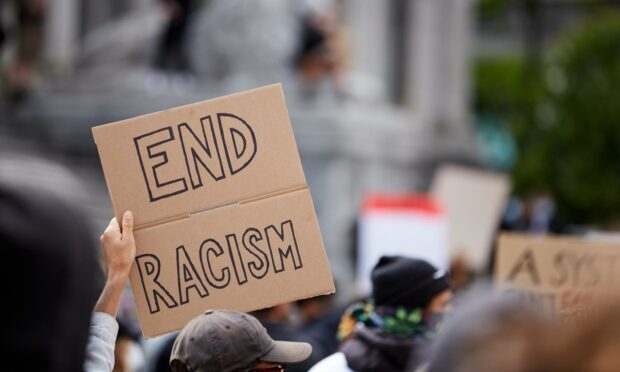Racism can be an issue that feels difficult to broach with children. And, as a parent, it is natural to want to shield your child from such subjects for as long as possible.
But it is important that young people understand racism and its impact. Black History Month is an opportunity to start vital conversations about race and diversity.
While we celebrate the influence and achievements of Black people everywhere, we can also take time to reflect and help young people understand what racism is and what they can do if they experience it or see it happening.

When a child is bullied or treated differently because of their race, it can lead to feelings of isolation, depression, anger or even shame about their race or how they look. One young person from Scotland recently wrote on the Childline message board that they were called all sorts of names because of their “caramel skin colour” and it made them feel insecure and wish they had lighter skin.
Childline delivers hundreds of counselling sessions a year, where racist bullying, racism or being bullied for spiritual, cultural or religious reasons are mentioned.
Racism or racial bullying can be overt or openly hostile, such as being called racist names or being sent threats. Alternatively, it can be covert or harder to recognise, involving subtle comments that put a child or young person down and devalue their experience or identity.
Both types of racism are equally distressing for children and young people and can have a significant impact on their mental health.
Encourage positive and open conversations
Our views and beliefs develop as we grow up and are influenced by friends and family, communities, school and what we see and read in the media. That’s why it’s important to encourage positive and open conversations about race and racism with children.
While many parents may be worried about speaking to younger children about this issue, research shows that children can internalise racial bias between the ages of two and four. When speaking to young children, it’s important to use terms they will understand, such as fairness, being kind and accepting others for who they are.
It can be helpful to let older children lead the conversation so they feel confident sharing their ideas or experiences. It’s important to provide a safe and comfortable environment for them to express themselves in, by listening and asking questions without judging.
For further support, children can use the moderated Childline message boards to talk with other young people who are experiencing similar things, and speak to a counsellor over the phone on 0800 1111 or online at childline.org.uk.
Gail Sayles is NSPCC Scotland Local Campaigns Manager

